Cute and Cuddly: Stuffed-toy Craft Ideas for Kids
Are you ready to dive into a world of creativity and fun? Crafting stuffed toys is not just a delightful activity for kids; it’s also a fantastic way to spark their imagination and enhance their motor skills. In this article, we’ll explore a variety of creative stuffed-toy craft ideas that will not only keep your little ones engaged but also help them create their own cuddly companions. From choosing the right materials to sewing techniques and decorating tips, we’ve got everything you need to make this crafting journey a memorable one.
Selecting the right materials is the foundation of any successful stuffed-toy project. You want to make sure that the fabrics are soft and safe for kids to handle. Some great fabric options include cotton, fleece, and felt. These materials are not only easy to work with but also provide a cuddly feel that kids will love. When it comes to stuffing, consider using polyester fiberfill or even recycled materials like old t-shirts for a unique twist.
Here’s a quick table summarizing the materials you might need:
| Material | Description |
|---|---|
| Cotton | Soft and breathable, perfect for beginners. |
| Fleece | Warm and cuddly, great for stuffed animals. |
| Felt | Easy to cut and glue, ideal for embellishments. |
| Polyester Fiberfill | Standard stuffing material that’s fluffy and durable. |
Teaching kids basic sewing techniques can be incredibly empowering. Not only does it give them a sense of achievement, but it also enhances their fine motor skills. Start with the basics like the running stitch and the backstitch. These stitches are simple enough for kids to learn quickly, yet they are strong enough to hold the stuffed toys together securely. Remember, the goal is to make the sewing process fun and educational, so don’t hesitate to turn it into a game!
Now, you might be wondering whether to go for hand sewing or machine sewing. Each method has its benefits. Hand sewing is excellent for smaller projects and gives kids a chance to practice their skills at a comfortable pace. On the other hand, machine sewing can speed up the process, making it easier to tackle larger projects. Consider using a machine for more complex designs while allowing kids to hand sew simpler shapes.
Safety is paramount when crafting with children. Here are some essential tips to ensure a secure environment:
- Always supervise kids while they are using sharp tools.
- Use child-safe scissors and blunt needles for hand sewing.
- Teach them how to handle the sewing machine properly, if applicable.
Patterns can be a great source of inspiration. Encourage kids to try simple shapes like hearts, stars, or their favorite animals. The joy of creating something unique will keep them motivated and excited about crafting!
Once the toys are sewn, it’s time for the fun part—decorating! Personalizing their creations will make kids feel more connected to their stuffed toys. Use fabric paint to add fun designs, buttons for eyes, or even accessories like bows and hats to give each toy a unique flair. The possibilities are endless!
Crafting stuffed toys can also be a learning experience. While kids are busy sewing and decorating, you can integrate educational elements such as counting the number of stitches or identifying colors used in their designs. This way, crafting becomes a holistic activity that combines fun and learning seamlessly.
Why not take it a step further and create themed stuffed toys? Whether it’s a beloved character from a movie, a cute animal, or a holiday-themed creation, themed toys can enhance imaginative play. Encourage kids to tell stories about their creations, fostering their creativity even more!
Lastly, consider organizing a stuffed-toy crafting party! This can be a fantastic group activity where kids can share ideas, help each other, and showcase their creations. Make sure to prepare materials in advance and create a fun atmosphere with snacks and music. It’s a great way for kids to bond while unleashing their creativity!
- What age is appropriate for kids to start crafting stuffed toys? Generally, kids ages 5 and up can start with simple projects, while older children can tackle more complex designs.
- How can I ensure the safety of my child while sewing? Always supervise them, use child-safe tools, and teach them proper handling techniques.
- What if my child doesn’t want to sew? Encourage them to participate in other aspects like decorating or choosing materials to keep them engaged.
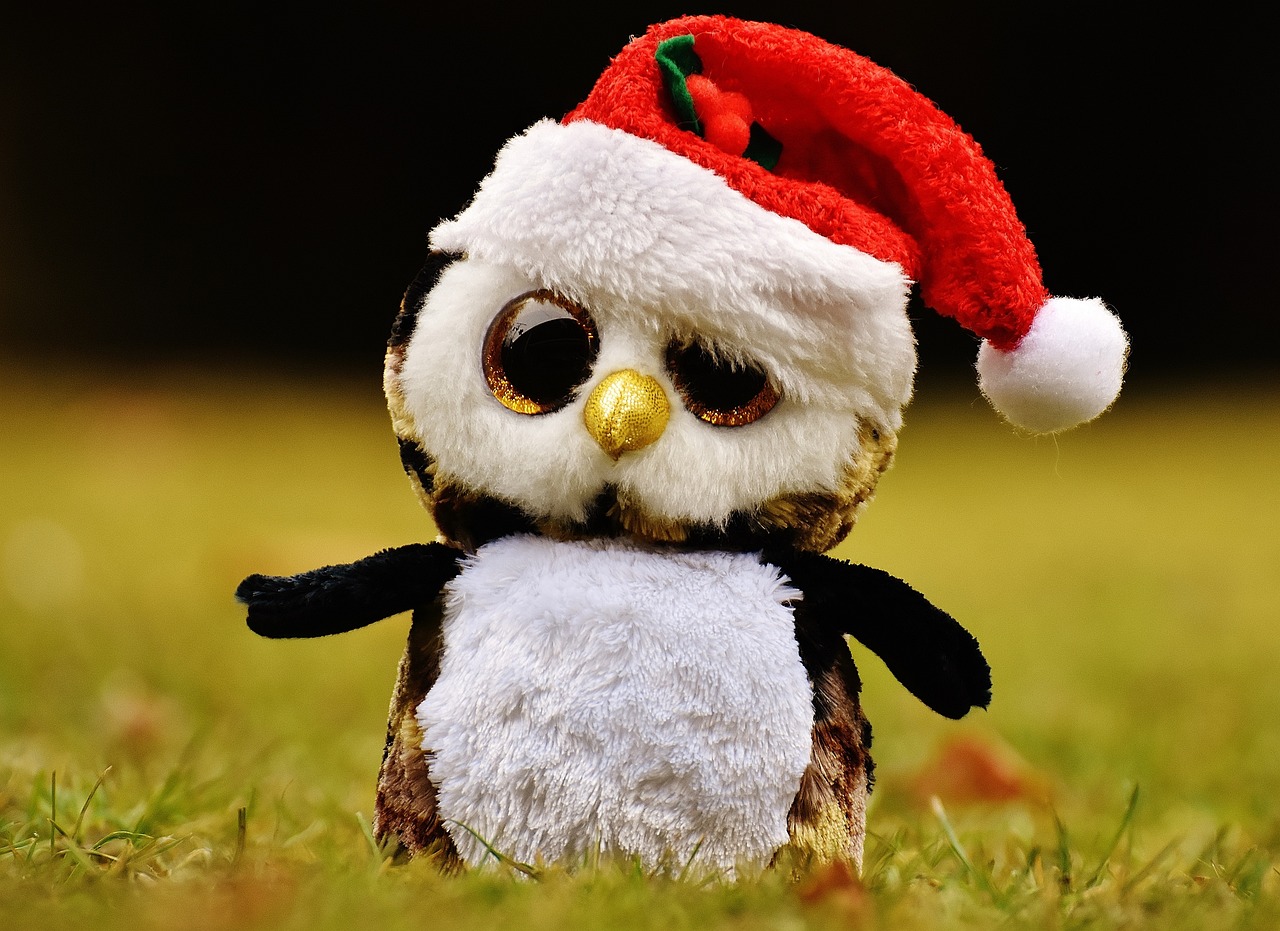
Choosing the Right Materials
When it comes to crafting adorable stuffed toys, is essential. Not only does it affect the durability and safety of the finished product, but it also impacts the overall crafting experience for kids. Imagine embarking on a creative adventure where every choice you make contributes to the joy of crafting! So, let's dive into the world of fabrics, stuffing, and tools that will make your stuffed toy projects a hit.
First off, let's talk about fabric options. For stuffed toys, you want materials that are soft, durable, and safe for children. Here are some popular choices:
- Cotton: This is a fantastic option for beginners. It's easy to sew, comes in various colors and patterns, and is machine washable.
- Fleece: If you want something extra cuddly, fleece is your go-to. It's warm, soft, and doesn't fray, making it perfect for stuffed toys.
- Felt: Great for small projects, felt is easy to cut and manipulate. However, it doesn't hold stuffing as well as other fabrics.
Next, let’s consider stuffing types. The stuffing you choose will give your toy its shape and softness. Here are some options:
- Polyester Fiberfill: This is the most common stuffing material. It's lightweight, hypoallergenic, and can be easily found at craft stores.
- Natural Fillers: If you prefer eco-friendly options, consider using organic cotton or wool. These materials are biodegradable and safe for kids.
- Recycled Materials: Old clothes or fabric scraps can be repurposed as stuffing, which is not only sustainable but also adds a unique touch to your toy.
Now that we've covered fabrics and stuffing, let's move on to the essential tools you'll need. Having the right tools can make the crafting process smoother and more enjoyable. Here’s a quick rundown:
| Tool | Purpose |
|---|---|
| Needles | For hand sewing or machine sewing. |
| Thread | Choose a color that matches your fabric for a seamless look. |
| Scissors | Sharp scissors are essential for cutting fabric accurately. |
| Pins | To hold fabric pieces together while sewing. |
Each of these materials and tools plays a critical role in ensuring that your stuffed toys are not only cute and cuddly but also safe for kids to play with. Remember, the goal is to create an enjoyable crafting experience that sparks creativity in children. So, gather your supplies, roll up your sleeves, and get ready to dive into the wonderful world of stuffed toy crafting!
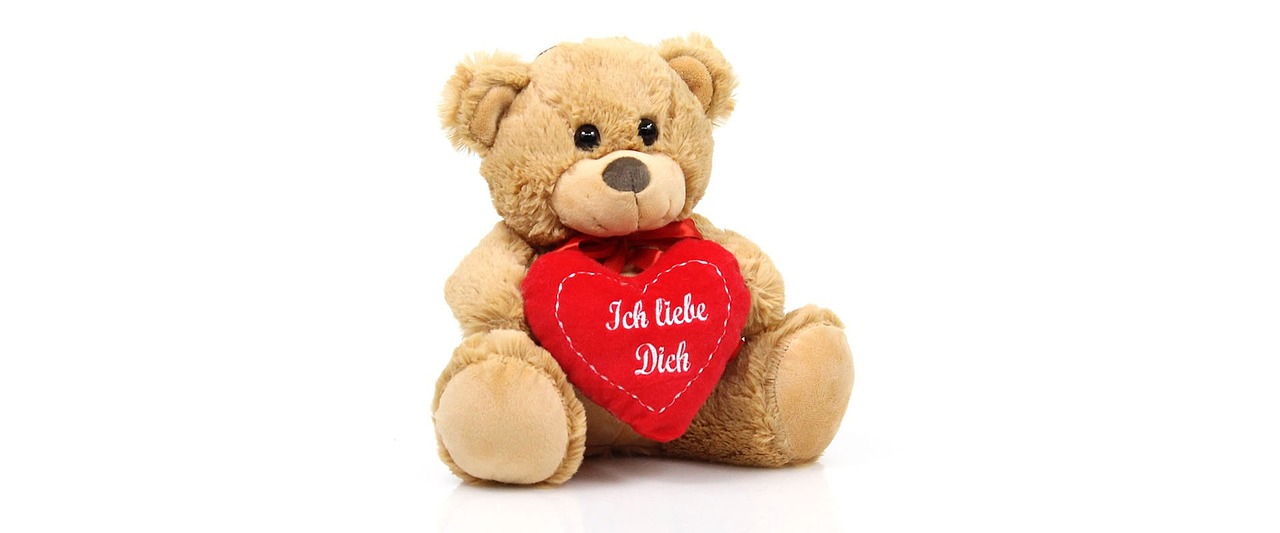
Simple Sewing Techniques
When it comes to crafting stuffed toys, mastering can be a game changer for kids. Not only does it empower them to create their own plush pals, but it also instills a sense of accomplishment that’s hard to beat. So, where do we start? First things first, let’s talk about the essential stitches that every budding crafter should know. The most basic stitch is the running stitch, which is perfect for sewing two pieces of fabric together. It involves simple back-and-forth movements of the needle, making it easy for little hands to grasp. Then there’s the whip stitch, which is great for closing seams and giving a neat finish. Kids can even learn the slip stitch, which is fantastic for invisible hems.
To make the learning process even more enjoyable, consider setting up a sewing station at home. Gather all the necessary materials like fabric, needles, threads, and scissors. Having everything organized will not only make it easier for kids to find what they need but will also spark their enthusiasm for the craft. You can introduce them to the sewing machine, if they’re ready, but starting with hand sewing is often less intimidating. Remember, the goal is to make it fun! Encourage them to practice on scrap fabric before moving on to their actual projects. This way, they can experiment without the pressure of making mistakes.
Now, let’s dive into some tips to enhance the sewing experience for kids. First, teach them to always secure the thread with a knot before they start sewing. This small step can save a lot of frustration later on. Next, remind them to keep their fingers clear of the needle while sewing; safety first! To keep their workspace tidy, using a small basket for scraps and tools can minimize distractions. And here’s a fun idea: create a little sewing challenge! Set a timer and see how many stitches they can complete in a minute. This not only adds an element of excitement but also helps develop their skills.
As they gain confidence, you might want to introduce them to some fun sewing projects. Start with simple shapes like hearts or stars, and gradually move to more complex designs. The experience becomes even more rewarding when they can see their progress. For instance, after mastering the basics, they could tackle a simple stuffed animal or a pillow. The satisfaction of completing a project will boost their self-esteem and encourage them to keep going.
Understanding the differences between hand sewing and machine sewing is essential for kids as they embark on their crafting journey. Hand sewing is typically more accessible for beginners and allows for greater control, making it ideal for small projects. On the other hand, machine sewing can speed up the process and is perfect for larger items. Teaching kids when to use each method can help them choose the right technique for their stuffed toy creations. Plus, they’ll feel like true artists as they navigate between the two!
Safety is paramount when crafting with children. Always supervise them while they’re using needles and scissors. It’s a good idea to use blunt-tip needles for younger kids and to keep sharp tools out of reach when not in use. Encourage them to ask for help if they feel unsure about any step in the sewing process. Establishing a safe crafting environment will allow them to focus on their creativity without distractions.
Patterns are the heart of stuffed toy creation! They can inspire kids to unleash their imagination. Start with simple designs like a basic teddy bear or a cute cat. As they grow more comfortable with their sewing skills, challenge them to create themed toys, perhaps a superhero or a favorite animal. The possibilities are endless, and each creation will be a unique reflection of their personality.
In conclusion, teaching kids simple sewing techniques not only equips them with a valuable skill but also opens the door to a world of creativity and fun. With the right materials, techniques, and a sprinkle of encouragement, they can transform fabric into cuddly companions that they’ll cherish for years to come.
Q: What age is appropriate for kids to start sewing?
A: Kids as young as 5 can start with basic hand sewing techniques. It’s essential to supervise them closely and provide age-appropriate tools.
Q: What materials do I need to start sewing with my child?
A: You’ll need fabric, needles, thread, scissors, and stuffing. Consider using felt or cotton fabric for beginners, as they are easy to work with.
Q: How can I make sewing more fun for my child?
A: Incorporate games, challenges, and themed projects to keep the experience engaging. Celebrate their achievements, no matter how small!

Hand Sewing vs. Machine Sewing
When it comes to creating adorable stuffed toys, one of the first decisions you'll face is whether to use hand sewing or a sewing machine. Each method has its own unique benefits and challenges, and understanding these can help you choose the best approach for your crafting project. Hand sewing, for instance, is often seen as a more intimate way to create. It allows for greater control over the details and can be perfect for small, intricate projects. Plus, it’s a fantastic way for kids to develop fine motor skills and patience as they thread needles and make tiny stitches.
On the other hand, machine sewing can be a real time-saver, especially for larger projects. If you're making several stuffed toys or larger designs, a sewing machine can help you whip through the process in no time. Machines also offer consistent stitch quality and strength, which can be particularly useful for toys that will see a lot of love and play. So, how do you decide which method to use? Here are a few factors to consider:
| Factor | Hand Sewing | Machine Sewing |
|---|---|---|
| Skill Level | Good for beginners; easy to learn basic stitches. | Requires some familiarity with machine operation. |
| Time | More time-consuming for larger projects. | Quicker for large pieces and repetitive tasks. |
| Control | Greater control over details and small areas. | Less control over intricate details. |
| Portability | Easy to take anywhere; no need for power. | Requires a machine and power source. |
Both methods can yield beautiful results, so it ultimately comes down to personal preference and the specific project at hand. For younger kids or those just starting out, hand sewing may be the best option to foster creativity without the intimidation of a machine. However, once they gain confidence, introducing them to machine sewing can open up a whole new world of possibilities.
It's also worth mentioning that combining both techniques can be a great way to enhance the crafting experience. For example, kids could hand sew the main body of a toy and then use a machine to attach larger parts or embellishments. This hybrid approach allows for a fun and educational experience, teaching kids the versatility of sewing while keeping the crafting process engaging and enjoyable.
In summary, whether you choose to hand sew or machine sew, both methods have their merits. Understanding the differences will help you and your little ones make informed decisions, ensuring that your stuffed toy crafting journey is as fun and fulfilling as possible!
- What is the best fabric for stuffed toys? Cotton and fleece are popular choices because they are soft, durable, and easy to sew.
- Can young kids use sewing machines? Yes, but it's important to supervise them closely and teach them about safety first.
- How do I ensure my stuffed toys are safe for young children? Use non-toxic materials and securely stitch all parts to prevent choking hazards.
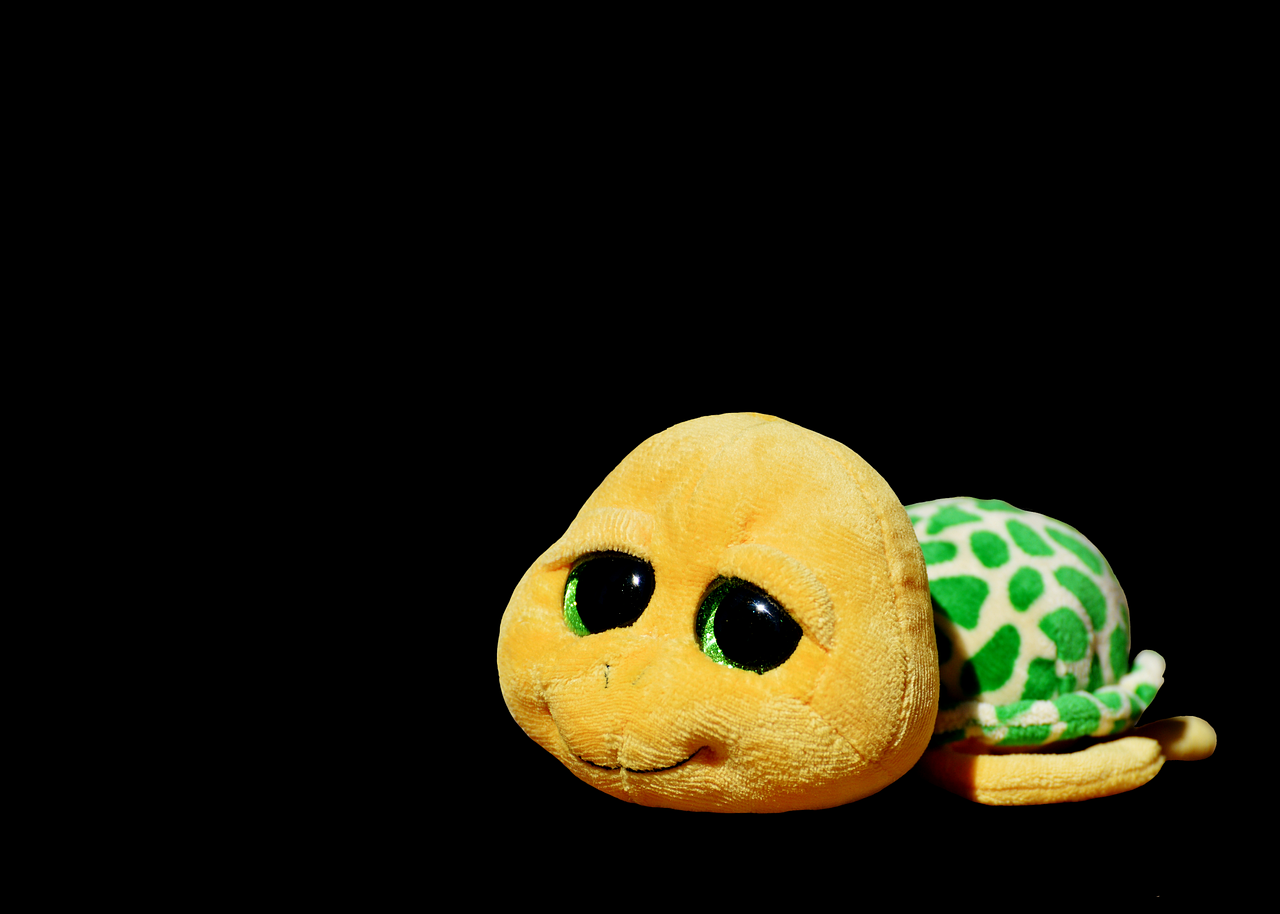
Safety Tips for Sewing with Kids
When it comes to sewing with kids, ensuring their safety is the top priority. Kids are naturally curious and eager to learn, but their excitement can sometimes lead to accidents if not properly managed. To create a fun and safe crafting experience, consider the following essential safety tips:
First and foremost, always supervise children while they are sewing. This not only helps prevent accidents but also allows you to guide them through the process. Make sure to set up a designated crafting space that is well-lit and free from clutter. A clean workspace minimizes distractions and reduces the risk of injuries.
Next, choose age-appropriate tools for your little crafters. For younger kids, consider using safety scissors with rounded tips instead of sharp ones. If they are ready to use a sewing machine, ensure it has safety features, such as a finger guard. When teaching hand sewing, opt for blunt-tipped needles, which are less likely to cause harm.
Another important aspect is to educate children about the tools they will be using. Discuss the purpose of each tool and the importance of handling them carefully. A fun way to reinforce this is by creating a tool safety chart together, which can be displayed in your crafting area. This chart can include:
| Tool | Safety Tip |
|---|---|
| Scissors | Always cut away from your body and keep your fingers clear of the blade. |
| Sewing Needles | Always point the needle down when not in use and store in a safe place. |
| Sewing Machine | Keep fingers away from the needle while the machine is running. |
Additionally, remind kids to take breaks during crafting sessions. This helps prevent fatigue, which can lead to careless mistakes or accidents. If they become frustrated or overwhelmed, encourage them to step back and take a breather. After all, crafting should be a fun and enjoyable experience!
Finally, instill a sense of responsibility by teaching children to clean up after their crafting sessions. This includes properly storing tools and materials, as well as disposing of scraps safely. By doing so, they learn the importance of maintaining a safe environment for future projects.
By following these safety tips, you can create a nurturing and secure atmosphere for kids to explore their creativity through sewing. It's all about fostering their love for crafting while ensuring they stay safe and sound!
Below are some common questions regarding sewing with kids that may help you further:
- What age is appropriate to start teaching kids to sew?
Generally, children as young as five can start with simple hand sewing projects, while older kids can learn to use a sewing machine. - How can I make sewing more fun for kids?
Incorporate themes, fun fabrics, and allow them to personalize their projects. Play music or have a crafting party to enhance the experience. - What if my child is afraid of using a sewing machine?
Start with hand sewing to build their confidence. Gradually introduce the sewing machine when they feel ready.
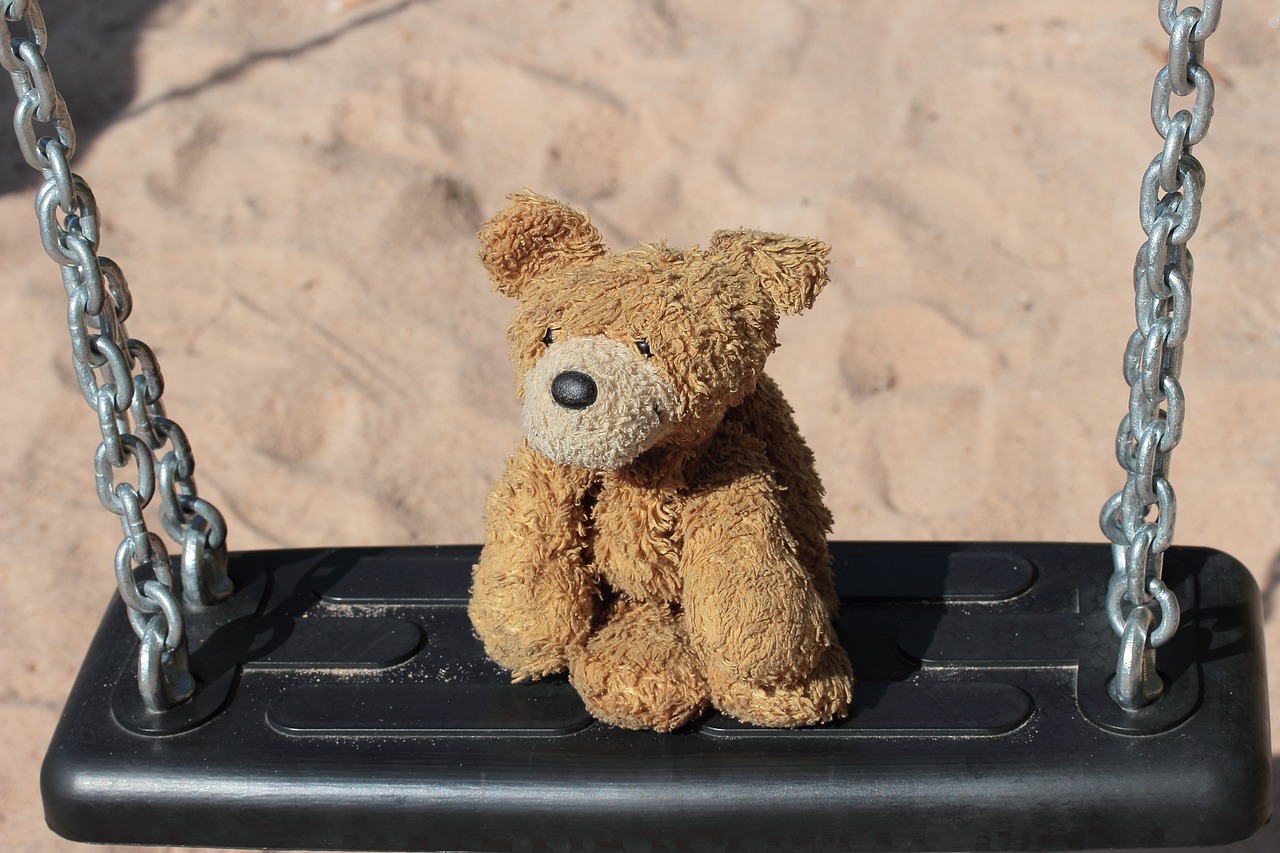
Fun Patterns to Try
When it comes to crafting stuffed toys, the patterns you choose can make all the difference in sparking a child's creativity. Kids love to express themselves, and a fun pattern can turn an ordinary stuffed toy into something extraordinary! Imagine a simple square of fabric transforming into a cuddly bear or a whimsical monster just by following a few easy steps. Here are some delightful patterns that are perfect for beginners and can be adapted to suit various skill levels.
One of the most popular patterns for kids is the basic teddy bear. This classic design is not only adorable but also allows for a lot of customization. Kids can choose different colors for the bear's body, ears, and even add a cute bow tie or a heart-shaped patch. To make it even more engaging, consider using fabric with fun prints like polka dots or stripes. The process of making a teddy bear can be broken down into simple steps:
- Cut out the bear's body and limbs from fabric.
- Sew the pieces together, leaving space for stuffing.
- Turn the bear right side out and fill it with stuffing.
- Close up the openings and add embellishments.
Another exciting pattern to try is the monster plushie. Monsters can be as silly or as scary as the child wishes, allowing for endless creativity. Kids can experiment with different shapes for the body, such as round, square, or even star-shaped. Adding googly eyes, felt teeth, and colorful horns can make each monster unique. Plus, this pattern is a great way to teach kids about color combinations and design!
For those looking to incorporate seasonal themes into their crafting, holiday-themed stuffed toys are a fantastic option. Imagine creating a cute snowman for winter or a friendly pumpkin for Halloween. These patterns often involve simple shapes that can be easily sewn together. Not only does this allow kids to celebrate the seasons, but it also encourages them to think about the stories behind these characters. For instance, while making a snowman, you can discuss winter activities and traditions.
Lastly, the animal patterns are always a hit. From cuddly cats to playful puppies, kids can choose their favorite animals and bring them to life with fabric. The beauty of animal patterns is that they can be as simple or intricate as desired. For younger children, a basic cat with a rounded body and simple facial features is a great start. As they gain confidence, they can tackle more complex designs like a detailed owl or a whimsical unicorn.
To summarize, the possibilities for stuffed toy patterns are endless, and the only limit is a child's imagination. By choosing fun and engaging patterns, you not only enhance the crafting experience but also help kids develop essential skills like sewing and design. So gather those materials and let the creativity flow!
As you embark on this crafting journey, don’t forget to encourage your kids to come up with their own unique patterns. This can be as simple as drawing their ideas on paper before bringing them to life with fabric. The joy of creating something from scratch is an invaluable experience that fosters both creativity and confidence.
Now that you have some fun patterns to try, let’s dive into a Frequently Asked Questions section to address any queries you might have about crafting stuffed toys!

Decorating Your Stuffed Toys
Once you've successfully sewn your adorable stuffed toys, the fun doesn't stop there! Decorating them is where the real magic happens, allowing kids to unleash their creativity and add a personal touch to their creations. Imagine transforming a simple, plain teddy bear into a vibrant, unique friend that reflects your child's personality! There are countless ways to embellish stuffed toys, and each method can turn a basic design into a masterpiece.
One of the simplest yet most effective ways to decorate stuffed toys is through fabric paint. Kids can use their imagination to paint patterns, faces, or even their favorite characters directly onto the fabric. This not only enhances the toy's appearance but also allows children to express themselves artistically. Encourage them to experiment with different colors and designs—who says a unicorn can't have polka dots?
Another fun option is to incorporate buttons and accessories. Buttons can be used for eyes, noses, or even as decorative elements on clothing. You can also find an array of fun and quirky embellishments, such as ribbons, beads, and patches, that can be sewn or glued onto the toys. For instance, a simple patch of a heart or star can add a touch of charm and individuality. Just remember to supervise younger children when using small items to ensure safety!
Moreover, consider using embellishments that tell a story. For example, if your child creates a stuffed animal that represents a character from their favorite book, they can add elements like a tiny cape or a little crown to make it more authentic. This not only enhances the toy’s visual appeal but also encourages imaginative play and storytelling. Kids can create entire adventures around their decorated toys, making the crafting experience even more rewarding.
Don’t forget about the power of fabric scraps! Encourage kids to use leftover fabric to create outfits or accessories for their stuffed toys. A little piece of felt can become a cozy scarf, while a scrap of patterned fabric can turn into a trendy dress. This not only promotes recycling but also teaches kids the value of resourcefulness and creativity.
To help you get started with your decorating journey, here’s a quick reference table of popular decorating ideas:
| Decoration Idea | Materials Needed | Tips |
|---|---|---|
| Fabric Paint | Fabric paint, brushes | Let dry completely before handling. |
| Buttons | Buttons, needle and thread | Use larger buttons for safety with younger kids. |
| Ribbons and Beads | Ribbons, beads, glue | Ensure items are securely attached. |
| Fabric Scraps | Scraps, scissors, needle and thread | Mix and match patterns for fun outfits! |
In conclusion, decorating stuffed toys is not just about aesthetics; it's an opportunity for children to dive into a world of creativity and imagination. The process of personalizing their toys can boost their confidence and make the crafting experience even more enjoyable. So, grab those materials, let your kids’ creativity soar, and watch as their stuffed toys transform into cherished companions!
Q1: What materials are safe for decorating stuffed toys?
A1: Use non-toxic fabric paints, securely sewn buttons, and child-safe embellishments to ensure safety while decorating.
Q2: Can I machine wash decorated stuffed toys?
A2: It’s best to hand wash decorated toys to preserve the embellishments. If machine washing is necessary, place them in a pillowcase to protect them.
Q3: How can I encourage my child to be more creative while decorating?
A3: Provide a variety of materials and encourage them to explore different styles. Let them choose their designs and remind them that there are no wrong choices in art!
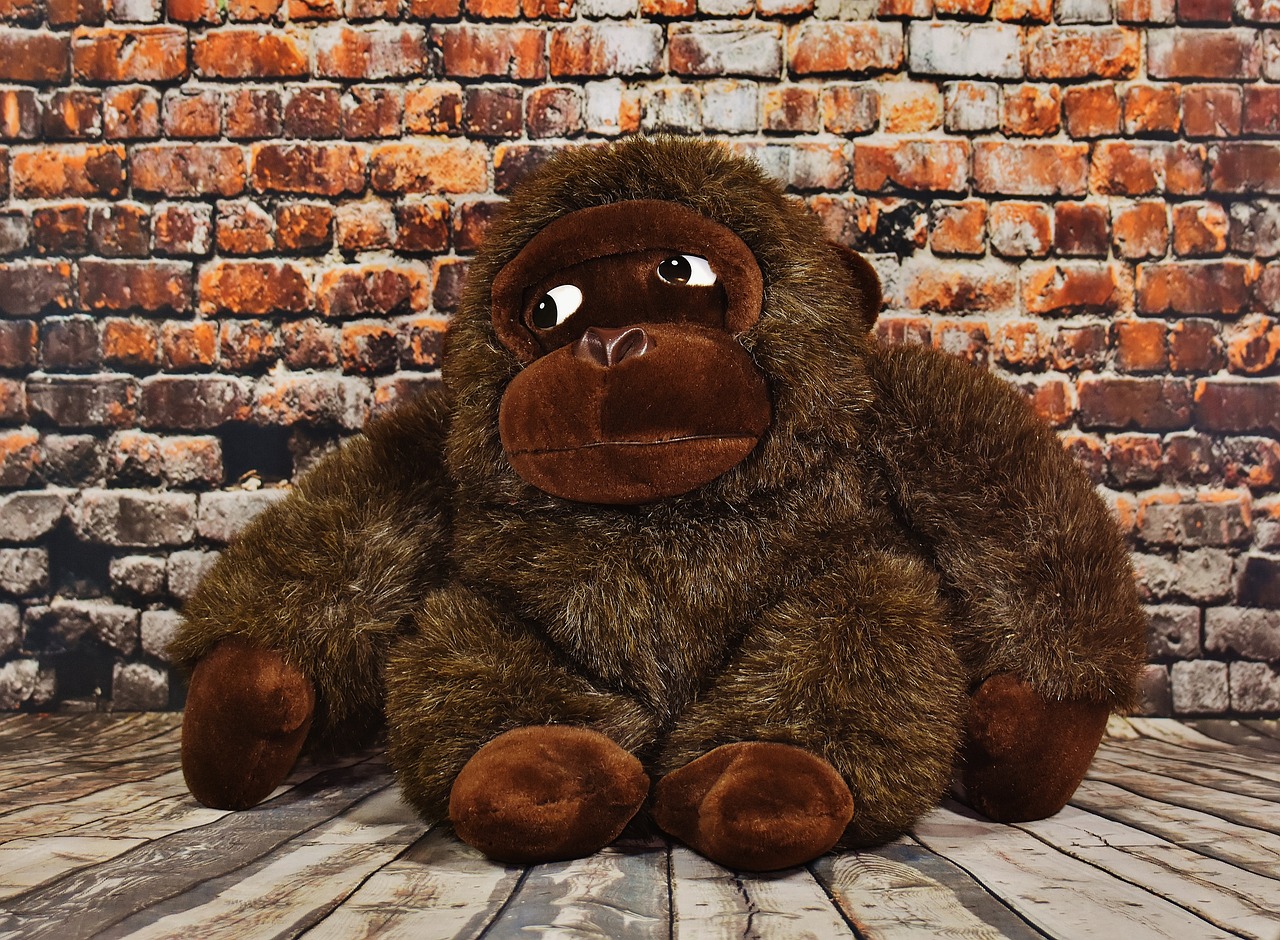
Incorporating Educational Elements
Crafting stuffed toys is not just a fun activity; it can also be a fantastic learning experience for kids. Imagine the joy on their faces as they stitch together their very own creations while simultaneously picking up essential skills! By incorporating educational elements into the crafting process, you can turn a simple sewing project into a multifaceted learning opportunity. For instance, as children choose fabrics and colors, they can learn about color theory and pattern recognition. You can discuss how different colors affect emotions—did you know that blue often feels calming while red can evoke excitement?
Another way to weave in educational elements is through counting and measuring. When kids cut out fabric pieces, they can practice measuring with a ruler or tape measure. This not only reinforces their math skills but also teaches them the importance of precision in crafting. You might ask them questions like, “How many inches do you think we need for this piece?” or “If we have three buttons, how many more do we need for the eyes?” Such questions encourage critical thinking and problem-solving.
Storytelling can also play a significant role in the crafting process. As kids create their stuffed toys, you can encourage them to come up with backstories for their creations. This could be a simple tale about where their toy comes from or an adventurous story about its imaginary travels. This not only enhances their creativity but also improves their language skills as they narrate their stories. You could even host a mini storytelling session after the crafting is done, allowing each child to share their toy’s story with the group.
Moreover, consider integrating science concepts into the mix. Discuss the different types of stuffing materials and their properties. For example, you can explain why polyester stuffing is popular for its softness and durability, while natural fibers like cotton are appreciated for being eco-friendly. This not only broadens their understanding of materials but also sparks curiosity about the world around them.
To make the educational aspect even more engaging, you might want to create a crafting journal for each child. In this journal, they can document their projects, jot down what they’ve learned, and sketch ideas for future toys. This not only serves as a record of their creative journey but also reinforces writing and reflection skills.
In essence, incorporating educational elements into stuffed toy crafting transforms an enjoyable pastime into a rich learning experience. The beauty of this approach is that it allows children to learn without the pressure of traditional education. They’ll be so engrossed in their crafting that they won’t even realize how much they’re absorbing. So, the next time you sit down to sew with your little ones, remember that every stitch, every color choice, and every story shared is an opportunity for growth and learning.
- What age is appropriate for kids to start crafting stuffed toys?
Most children can start at around age 5 with supervision, but it depends on their individual skills and interests. - Do I need special tools for crafting?
Basic sewing supplies like needles, thread, and fabric are usually sufficient, but you can also include safety scissors and fabric glue for younger kids. - Can crafting stuffed toys really help with learning?
Absolutely! It fosters creativity, enhances fine motor skills, and introduces basic math and storytelling concepts. - How can I make sure the crafting experience is safe?
Always supervise children, use child-safe tools, and create a clutter-free workspace to minimize accidents.

Creating Themed Stuffed Toys
Imagine the joy on a child's face when they receive a stuffed toy that reflects their favorite character, animal, or even a holiday theme! not only sparks creativity but also allows children to engage in imaginative play. Themed toys can serve as companions for storytelling adventures, making them even more special. So, how do you go about crafting these delightful toys? Let’s dive into some exciting ideas!
First, consider the theme you want to explore. Popular themes often include beloved characters from movies, animals, or seasonal festivities. For instance, during Halloween, you could create a cuddly pumpkin or a friendly ghost. In the winter, a snowman or a cozy reindeer would be perfect! The possibilities are endless, and the best part is that you can tailor these themes to your child's interests.
Once you have chosen a theme, gather your materials. You’ll need fabric in colors that match your chosen theme, stuffing, and any additional embellishments like buttons or fabric paint. For example, if you’re making a themed toy based on a character, look for fabrics that resemble their clothing or colors. This attention to detail can make the toy even more lifelike and engaging.
Next, it's time to create your design. Draw a simple sketch of your themed toy before you start cutting fabric. This will help you visualize the final product and make adjustments as needed. When the design is ready, cut out your fabric pieces according to the pattern. For a Halloween pumpkin, you might cut out a round orange piece for the body and a green piece for the stem. Remember, the more personalized the design, the more special the toy will be!
When you start sewing, keep the theme in mind. You can incorporate details that enhance the character of your toy. For example, if you're making a superhero plush, consider adding a small cape or emblem to the fabric. This not only makes the toy look more authentic but also adds an element of fun for the child playing with it.
Lastly, don't forget the decorating phase! This is where the magic happens. Use fabric paint to add facial features or patterns that resonate with the theme. You can also sew on buttons for eyes or use felt to create additional features. The goal is to make each toy unique and reflective of the theme chosen.
Creating themed stuffed toys is not just a fun activity; it also enhances a child's ability to express themselves and engage in imaginative play. Each toy can tell a story, and as they play, children learn to weave narratives around their creations. So, gather your materials, unleash your creativity, and let the crafting adventure begin!
- What materials do I need to create themed stuffed toys? You will need fabric, stuffing, sewing tools, and embellishments like buttons and fabric paint.
- Can children participate in the sewing process? Absolutely! Teaching them basic sewing techniques can be a fun bonding experience.
- What are some popular themes for stuffed toys? Popular themes include animals, favorite characters from movies, and seasonal themes like Halloween or Christmas.
- How can I ensure my stuffed toy is safe for children? Always use child-safe materials, avoid small parts that could pose a choking hazard, and supervise younger children while crafting.
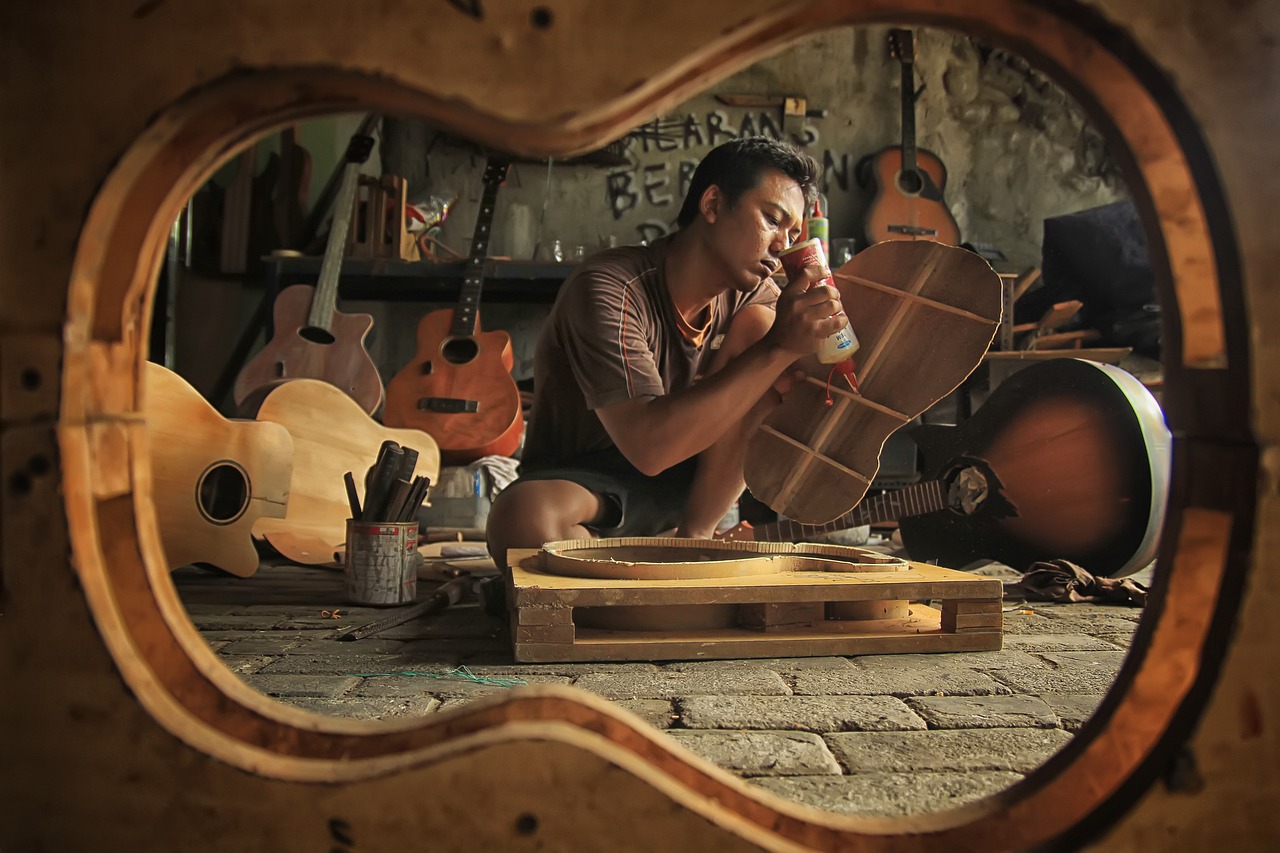
Hosting a Crafting Party
Hosting a stuffed-toy crafting party can be an incredibly fun and engaging way to bring kids together for a creative afternoon! Imagine a room filled with laughter, colorful fabrics, and the excitement of little hands working on their very own cuddly creations. To kick things off, it’s essential to plan ahead. Start by deciding on a date and a comfortable location where kids can spread out and get crafty without feeling cramped. Whether it's your living room, a community center, or even a backyard, make sure there’s enough space for everyone to work comfortably.
Next, consider the number of kids you want to invite. A smaller group can allow for more personalized attention, while a larger group can create a lively atmosphere. Once you have your guest list, send out invitations that spark excitement. You could even include a fun theme for the party, like “Animal Kingdom” or “Fantasy Creatures,” to inspire the kids’ designs!
When it comes to materials, preparation is key. Here’s a handy table to help you organize what you’ll need:
| Materials | Quantity | Notes |
|---|---|---|
| Fabrics (various colors and patterns) | 1-2 yards per child | Choose soft, washable fabrics |
| Stuffing (polyester fiberfill) | 1 bag | Ensure it’s non-toxic and safe for kids |
| Sewing kits (needles, thread, scissors) | 1 per child | Consider using plastic needles for safety |
| Decorative items (buttons, fabric paint, ribbons) | Variety | Encourage creativity! |
Once you have all your materials ready, set up crafting stations where kids can easily access everything they need. Each station could focus on a different part of the crafting process: cutting out patterns, sewing, stuffing, and decorating. This way, kids can rotate between stations and keep the energy flowing!
To keep the kids engaged and excited, consider incorporating some fun games or activities during the party. For example, you could have a mini fashion show at the end where each child showcases their stuffed toy. This not only boosts their confidence but also encourages them to appreciate each other's work. Plus, it’s a great way for parents to see the creativity of their little ones!
Finally, don’t forget to capture the memories! Set up a photo booth area with fun props related to the theme of the party. Kids can take pictures with their newly created stuffed toys, creating lasting memories of their crafting adventure. Remember, the goal is to foster creativity, encourage teamwork, and most importantly, have fun!
Q: What age group is suitable for a stuffed-toy crafting party?
A: Generally, kids aged 5 and up can enjoy this activity with appropriate supervision. Adjust the complexity of the project based on their skill level.
Q: How long should the crafting party last?
A: A duration of 2-3 hours is ideal. This allows enough time for crafting, games, and snacks without feeling rushed.
Q: What if some kids finish their toys before others?
A: Have some additional simple crafts or coloring activities on hand to keep those who finish early engaged.
Q: Can parents join in on the crafting?
A: Absolutely! Having parents participate can make the experience even more enjoyable and foster bonding time.
Frequently Asked Questions
- What materials do I need to make stuffed toys?
To create adorable stuffed toys, you'll need some basic materials. Start with soft fabrics like fleece or cotton, stuffing such as polyester fiberfill, and essential tools like scissors, needles, and thread. Don't forget to grab some fabric paint or embellishments for decorating!
- Can kids learn to sew stuffed toys?
Absolutely! Teaching kids to sew stuffed toys is a fantastic way to boost their creativity and fine motor skills. Begin with simple hand sewing techniques, and as they gain confidence, you can introduce machine sewing. It’s all about making the process fun and engaging!
- What are some safety tips for sewing with kids?
Safety is key when crafting with children. Always supervise them closely, use child-safe scissors, and teach them how to handle needles properly. Ensure that the workspace is tidy and free of hazards to create a safe crafting environment.
- What are some fun patterns for beginner stuffed toys?
For beginners, simple patterns like basic animals (like bunnies or bears) or shapes (like hearts or stars) are perfect! These patterns are easy to follow and allow kids to express their creativity while learning the basics of sewing.
- How can crafting stuffed toys be educational?
Crafting stuffed toys can be a great learning experience! You can integrate lessons on counting by measuring materials, identifying colors while choosing fabrics, or even storytelling by creating themed toys. It makes learning fun and interactive!
- What themes can I use for stuffed toys?
The possibilities are endless! You can create stuffed toys based on popular characters from books or movies, seasonal themes like Halloween or Christmas, or even cute animals. Themed toys can spark imaginative play and storytelling, making them extra special!
- How do I host a stuffed-toy crafting party?
Hosting a crafting party is a blast! Start by inviting friends and gathering materials like fabrics, stuffing, and tools. Set up crafting stations and provide snacks to keep the energy up. Make sure to have plenty of space for everyone to create their masterpieces!



















